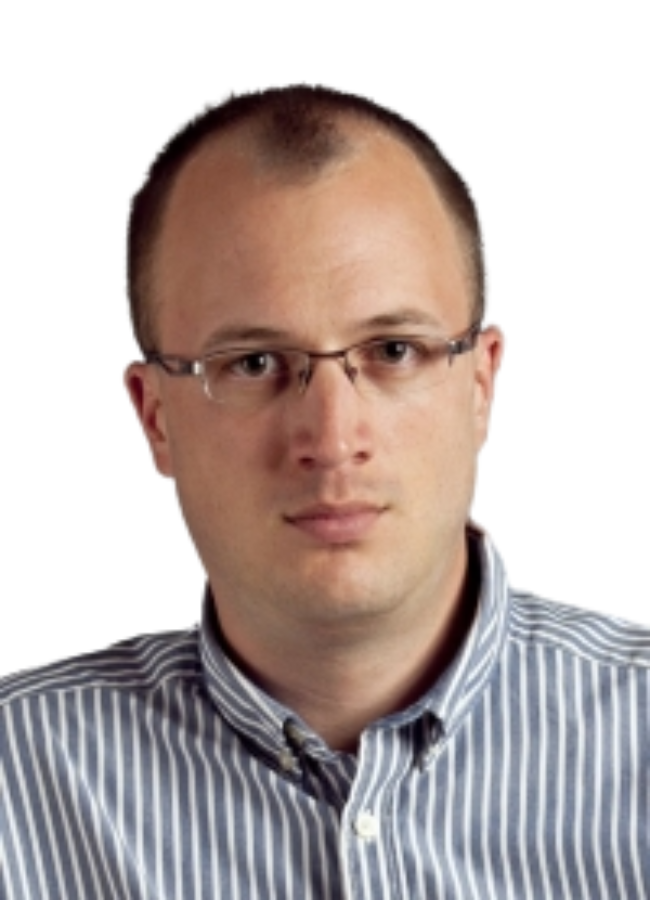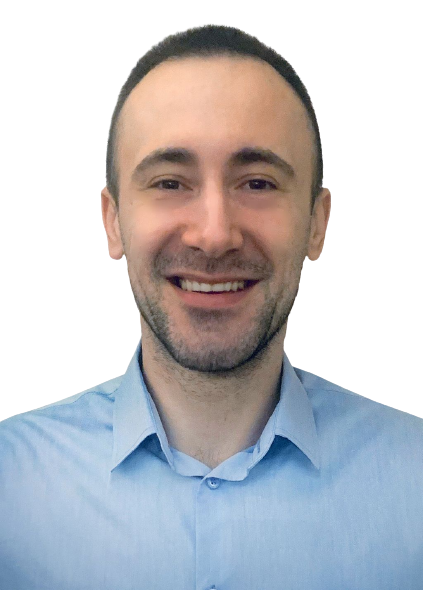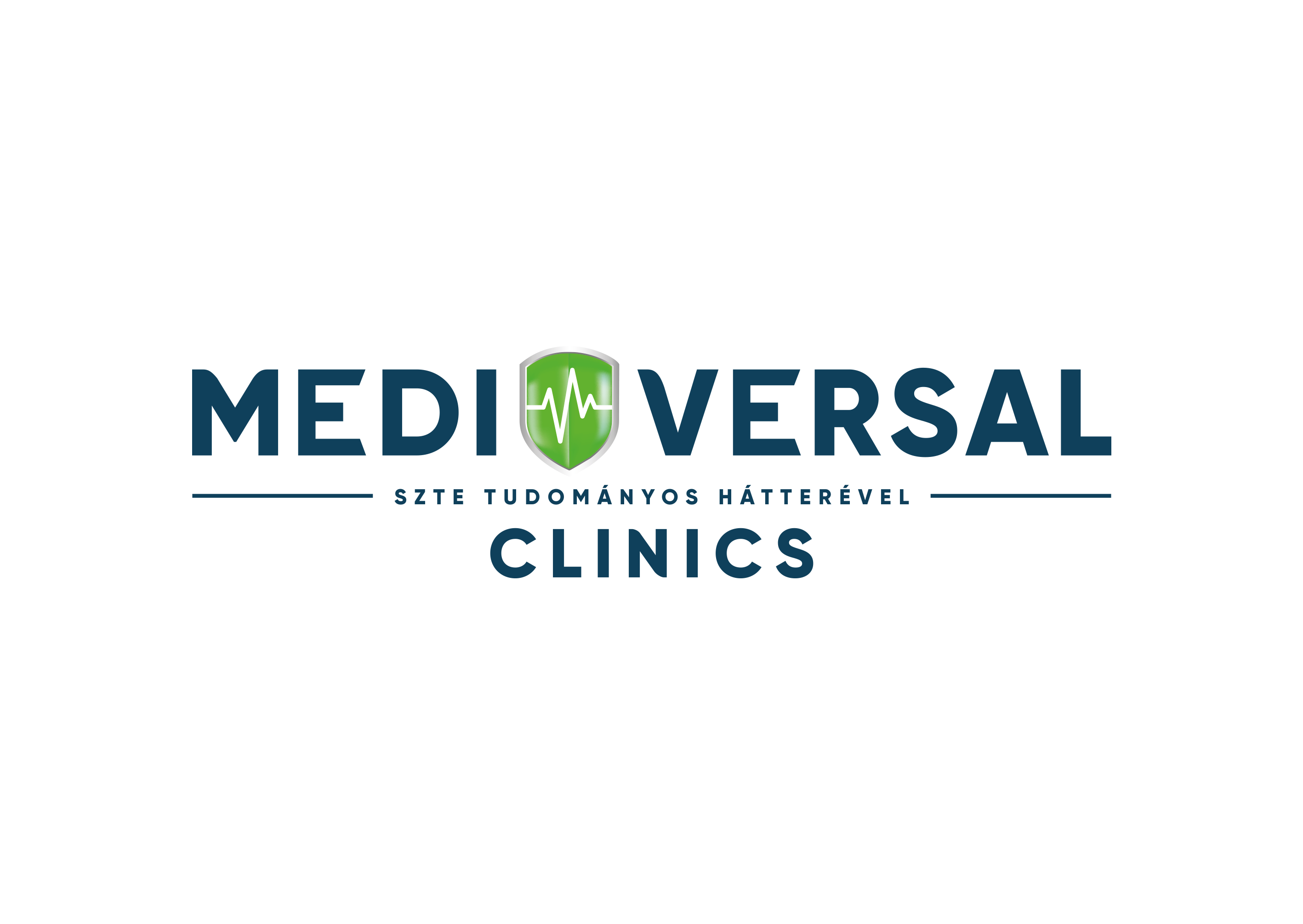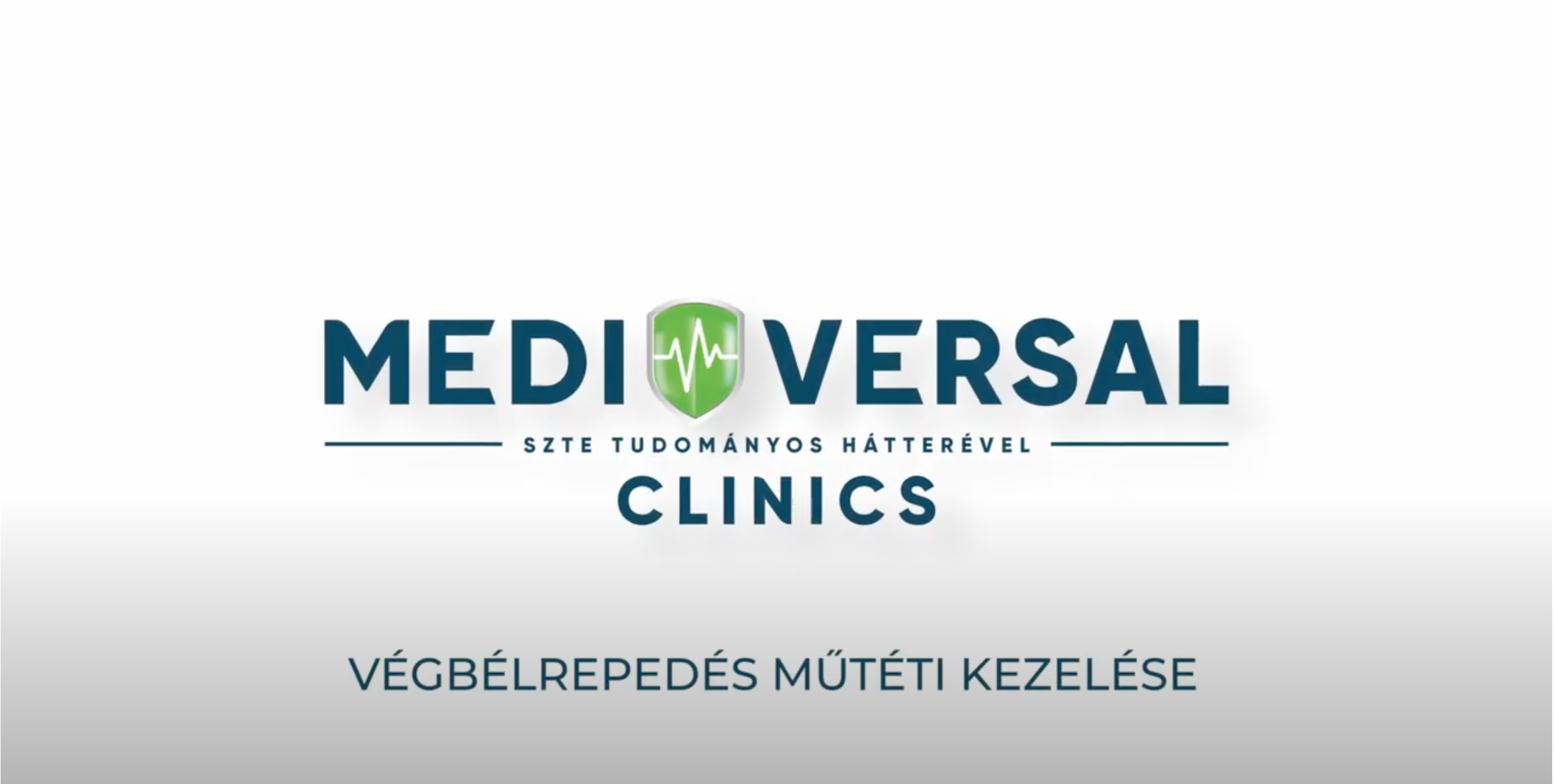Was this surgery recommended by your doctor? The most important information about anal fissures are summarized here, including general symptoms and problems, surgeries and aftercare performed at our clinic.
Surgical resolution of an anal fissure
Structure of the rectum
The rectum is the last section of the digestive system, its length is approximately 12-15 cm. Its wall has multiple layers, including a mucous membrane, the innermost layer, and the muscle layers that move the stool forward and help its elimination. Muscles around the rectum include the internal and external anal sphincters that hold in the stool and are important for its controlled release. Health of the muscular layers and the mucous membrane is critical for normal rectal function and prevention of anal fissure (a crack or split in the anal tissues).
About the surgical treatment of an anal fissure:
Surgical treatment of an anal fissure is necessary when conservative treatments do not work. The goal of the intervention is to relieve pain and promote healing of the rupture. There are two types of surgical procedures:
Traditional surgery: The overcontracted internal sphincter is cut through under general anaesthesia. This is a drastic but very effective method.
Surgery combined with botox: In this case, transient sphincter paralysis is induced with botox injection, which decreases pain and promotes healing. This procedure is less invasive and takes less time.
Answers from the doctor – What do anal fissure surgeries look like?
How are anal fissure surgeries performed?
01
02
03
04
More information
How to prepare for surgery?
Even though anal fissure surgery is routine interventions, its safe performance requires strict assessment of the patient. These assessments include laboratory and urine tests, and internal medicinal consultations as necessary. You may have a light dinner in the evening before the surgery, but even fluid consumption is prohibited from midnight – except when you take your regular medicines with a sip of water.
What to do after an anal fissure surgery?
Postoperatively, on the day of the surgery (if the intervention was performed in the morning; or the next morning, if it was in the afternoon), the patient is able to sit on the side of the bed, stand up and start rehabilitation exercises. Regular, loose bowel movement is important, it may be achieved by consumption of a lot of fluids, fibres, and, if necessary, oil. Application of ointments, suppositories and tablets may alleviate the inflammation. Hospitalisation usually lasts for one day, but removal of surgical stitches is performed 10-14 days after the surgery.
What are the advantages of a surgical treatment of anal fissure?
Anal fissure surgeries involve several advantages, including:
- Pain relief: One of the most important advantages is significant relief or cessation of chronic pain, a common symptom of anal fissure.
- Quicker recovery: The intervention improves the healing process and takes away the previous limitations in quality of life.
- Improved quality of life: Quality of life improves significantly after the surgery, since the patient will be able to perform the everyday task without pain or limitations.
What are the risks of this surgery?
Anal fissure surgeries, as any other surgeries, involve certain risks. The risks include infections, bleeding, and surgical complications, such as injury to the tissues and nerves. However, these surgeries are generally safe and the complications are rare.
Who is eligible for an anal fissure surgery?
Anal fissure surgeries, as any other surgeries, involve certain risks. The risks include infections, bleeding, and surgical complications, such as injury to the tissues and nerves. However, these surgeries are generally safe and the complications are rare.
Premium environment – Introducing our Clinic and wards
Have a look at our photo gallery, where you can get an insight into the modern wards at our Clinic and the comfortable environment we offer our patients. These photos show our state-of-the-art equipment, which facilitates faster recovery and more efficient rehabilitation. Take a virtual tour of our wards and become acquainted with the conditions that contribute to the high-level care and recovery of our patients.
Doctors:

- Breast surgery (removal of palpable and non-palpable breast tumours, sentinel node biopsy)
- Minimally invasive surgical procedures (laparoscopic biliary surgery, treatment of reflux disease, laparoscopic removal of benign and malignant colon tumours)
- Gastric and oesophageal surgery
- General surgery (thyroid, abdominal hernia, etc.)
Language skills
- English

- Liver surgery
- Biliary surgery (gallbladder, bile duct fatty deposits)
- Open and laparoscopic hernia surgical procedures
- Diseases of the large and small intestine
- Excision of skin malformations and subcutaneous lesions
- Treatment of ingrown toenails
- Haemorrhoids and anal fissures
Language skills
- English

- Skin and subcutaneous lesions (e.g. pigmented mole, atheroma, lipoma, fibroma, ingrown toenails)
- Gallbladder stones, gallbladder polyps
- Inflammatory (e.g. ulcerative colitis and Crohn’s disease), benign (e.g. sigmoid diverticulosis, endometriosis), and malignant diseases of the large and small intestine (colon cancer)
- Benign and malignant diseases of the rectum and anus (e.g. rectal polyps, rectal fissures, haemorrhoids, rectal cancer)
- Other abdominal disorders (mesenteric cysts)
- Pilonidal sinus (sacral cysts)
- Complex diagnostics of faecal incontinence (including 3D rectal ultrasound)
- Chronic wounds and advanced wound treatment procedures, including modern dressings and negative pressure wound therapy (NPWT)
Treatments and surgical techniques used by the doctor
“The treatment of body surface processes (e.g. atheroma, lipoma, ingrown toenail) is performed under local or general anaesthesia in outpatient settings.
In the case of abdominal lesions (e.g. gallstones, inguinal hernias, colon tumours), I perform surgery under general anaesthesia, usually using a minimally invasive technique (laparoscopy), which is much less stressful for the patient and ensures a shorter recovery period after surgery.
Patients with proctology complaints undergo complex proctology examinations (detailed patient history, anoscopy, rectoscopy, rectum ultrasound), with therapies ranging from medically assisted treatments to small procedures performed in ambulatory settings (e.g. ringing of internal haemorrhoids, dissection, excision, threading) as well as procedures that can be performed under general anaesthesia (e.g. haemorrhoids, rectal polyps, surgical repair of fistulas).
Just as in abdominal surgery, I strive to use modern, minimally invasive solutions (sphincter-sparing, non-tissue-removing surgery and DG-HAL-RAR) in proctology, with maximum consideration for quality of life factors.”
Language skills
- English

- Consultation
- Ambuláns műtétek
- Treatment of ingrown toenails
- Removal of lipomas
- Removal of atheromas
- Removal of moles (naevus) and other skin lesions following dermatological consultation
- Proktológiai diagnosztika, terápia
- Aranyérbetegség
- Végbélrepedés
- Végbél sipoly és tályog
- Végbéltájéki növedékek – polip, condyloma
- Epekövesség
- Sérvek
- Pilonidalis cysta
- Sebkötözés, gondozás
Language skills
- English

- Abdominal, inguinal, and umbilical hernias
- Diseases of the gallbladder and bile ducts, gallstones
- Tumour surgery: stomach, colon, and rectal tumours
- Benign proctology diseases: haemorrhoids, rectal fistulas, rectal abscesses, dermoid cysts
- Breast surgeries for non-malignant tumors
- Subtotal (almost total) and total mastectomy due to malignant tumor
Language skills
- English

Specialities
- Endoscopic procedures (colonoscopy, polypectomy)
- Abdominal wall hernia surgery
- Umbilical hernia surgery
- Unilateral or bilateral inguinal hernia surgery
- Diseases of the bile ducts
- Laparoscopic/gastroscopic biliary surgery
Language skills
- English

- Proctology diagnostics and interventions (haemorrhoids, rectal rupture, rectal fistula and abscess, rectal growths - rectal polyp, condyloma)
- Surgeries for thyroid and parathyroid diseases
- Minimally invasive laser haemorrhoid surgery (DG-HAL-RAR surgery)
- Haemorrhoids node resection
- Lipoma (fat tumour) removal
- Removal of atheroma (plaque)
- Thoracic surgical procedures (thoracotomy and VATS technique)
Language skills
- English
- German

About our clinic
Mediversal Egészségügyi Szolgáltató Kft. is a private healthcare facility owned entirely by the University of Szeged. Thanks to our unique clinical background, the outpatient and inpatient care we provide and the laboratory and imaging diagnostics we offer are performed by internationally renowned specialists in their fields who are at the forefront of research and innovation, supported by highly experienced staff. In addition to the excellent professional staff, our well-equipped facilities, quality hotel services, and, first and foremost, the customer-centric, personalised care we provide guarantee a complete healing experience.
Make an appointment

